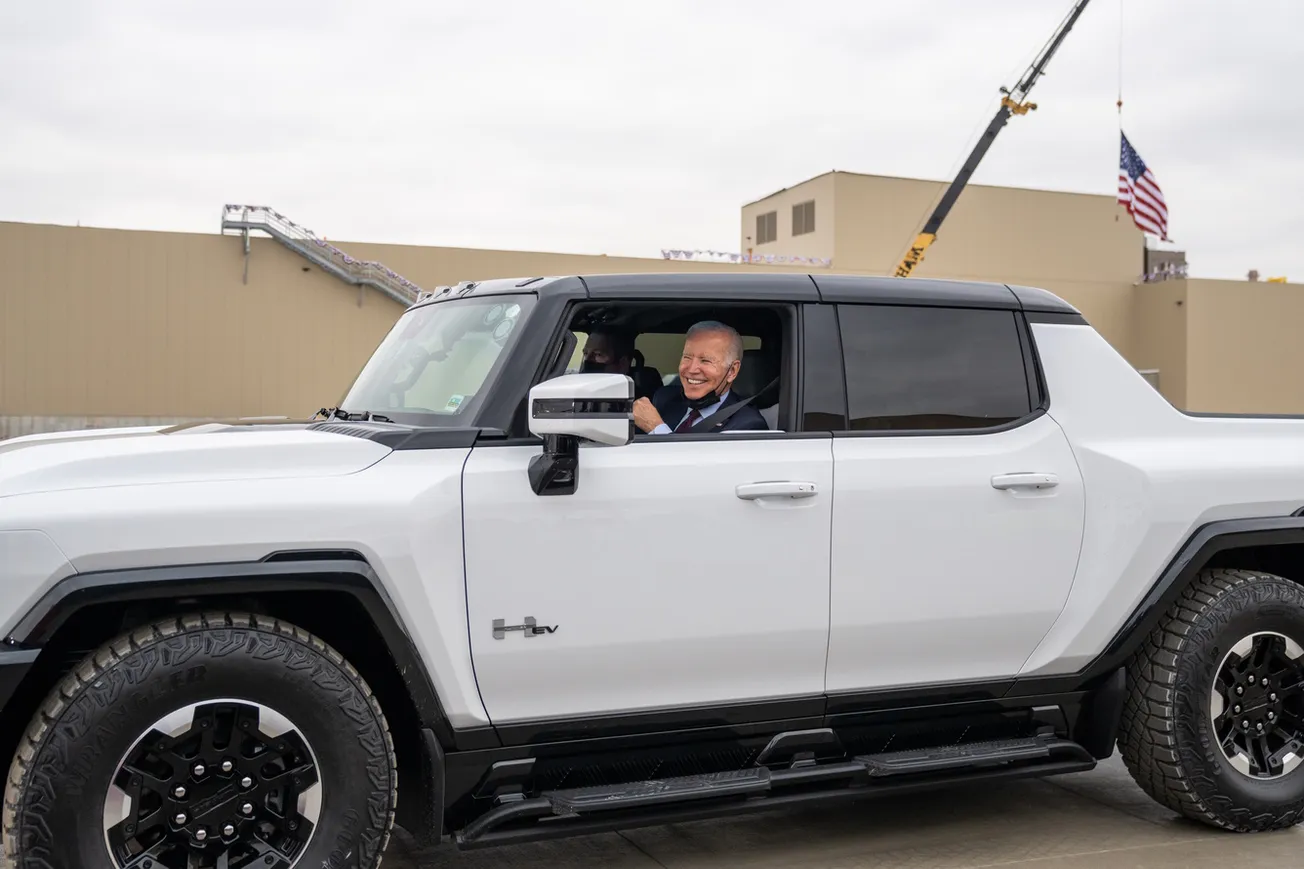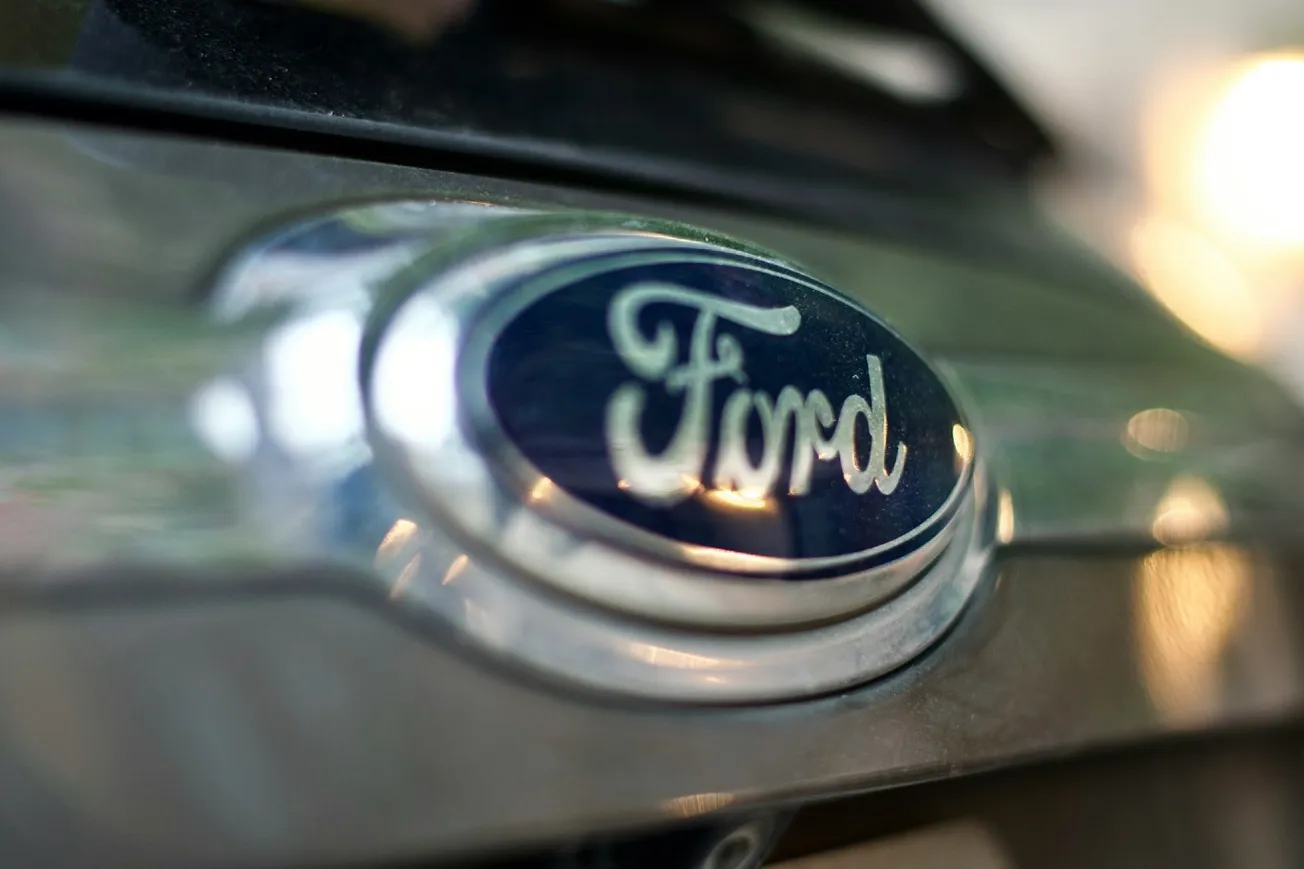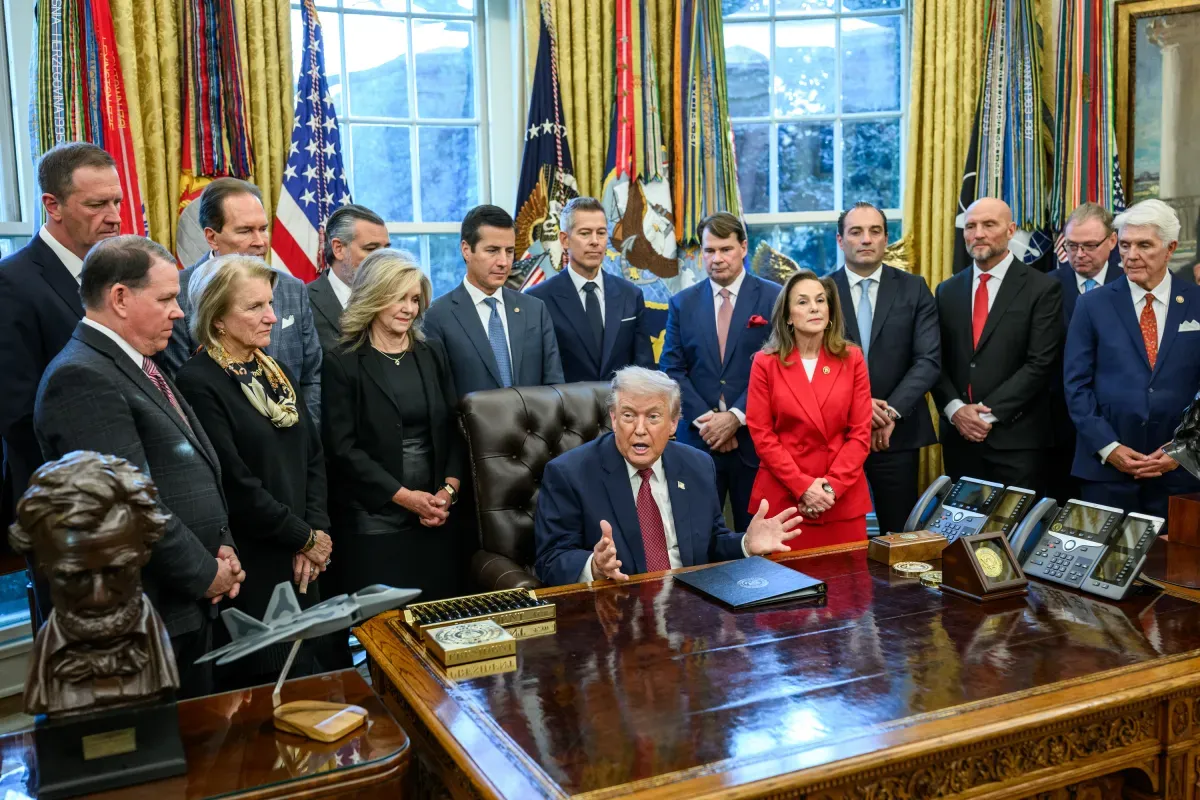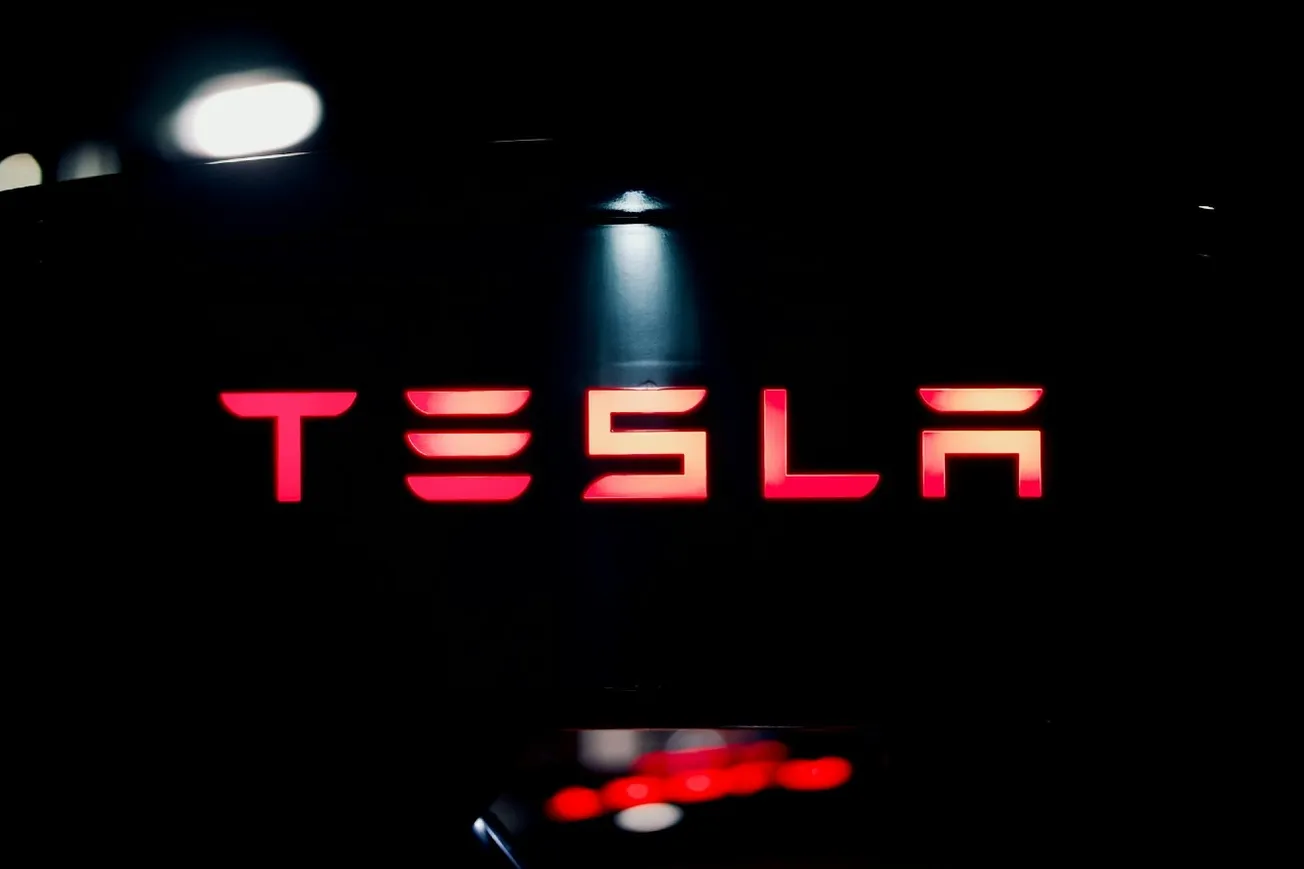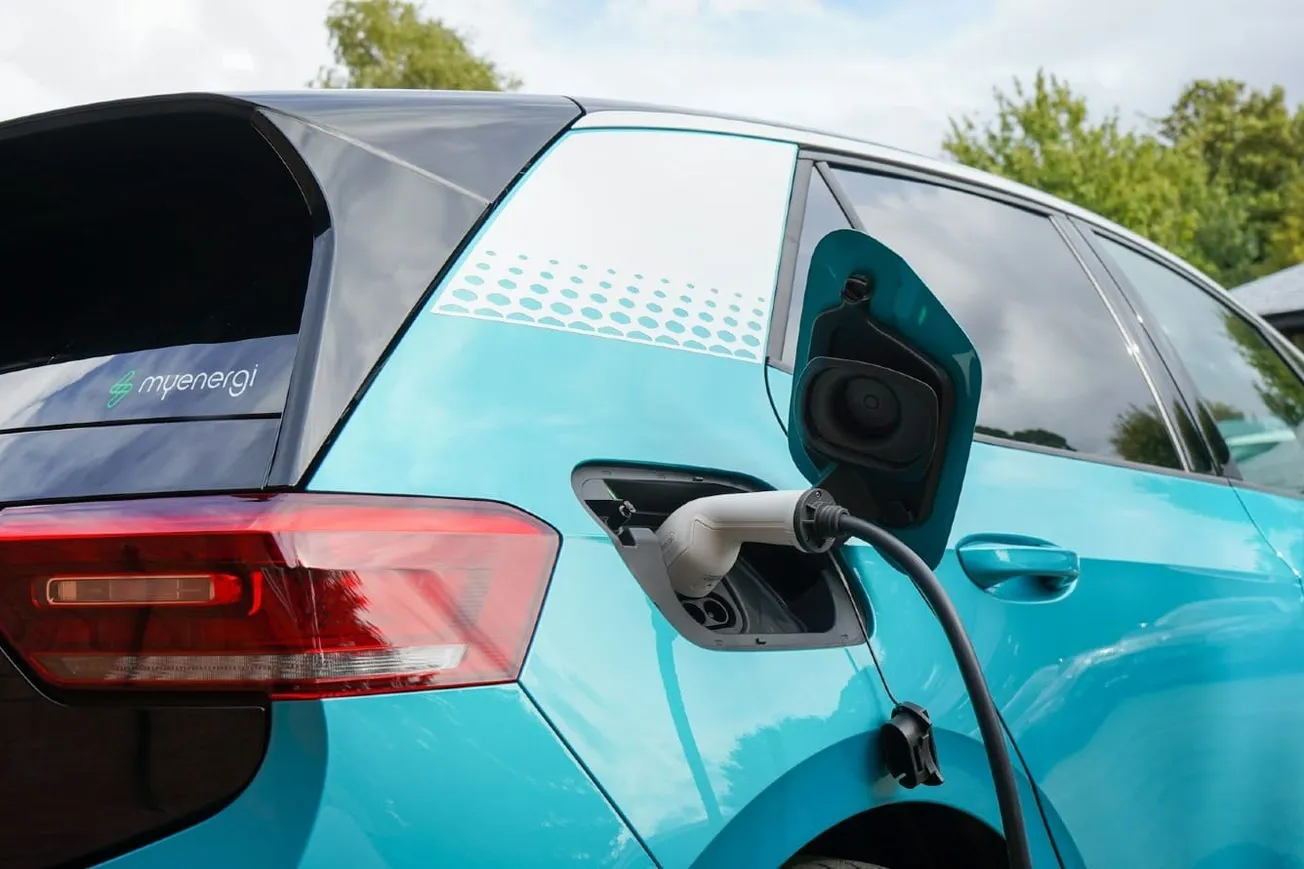In a bombshell announcement in Washington on Wednesday, EPA administrator Michael S. Regan proposed a revolutionary idea to remake America's auto industry with the stroke of a pen. He published emission rules that are so strict that the only way the industry could comply would be to switch nearly 66% of its fleet to Electric Vehicles.
Multiple losses at the Supreme Court because of agency overreach have not altered behavior. The Biden administration continues to use executive orders to push the envelope of rule-making in the hope that the courts will support it. Our concern is more fundamental. The EPA policy puts Black, Latino, and Native American populations at a great disadvantage. We are shocked that the Biden administration, focused on placating the environmental lobby, does not see this simple truth.
Repeated studies have shown that EVs charge best in a suburban home with a garage. But homeownership of minority communities has lagged behind that of white Americans for nearly a century. The Urban Institute calculates that the white homeownership rate is 30 percentage points higher than the Black homeownership rate, 72.2% to 42.3%. How are a majority of Black families supposed to own and operate EVs?
Minority populations dominate America's urban communities. All American urban neighborhoods - from Boston to Los Angeles - have several common characteristics. Row houses abound where residents jostle for a parking spot on the street. Offering high-powered DC charging stations in such areas is not feasible or practical, even if municipalities oblige. In multi-family units, such as apartments, very few charging units are available because landlords do not see economic benefits to offer them. One commenter said that he lives in a 10-story high-rise in Baltimore - and the apartment only provides two charging stations.
Batteries are the most crucial cost driver for EVs. The American business model, pushed forward by Tesla and the big automakers such as Ford and GM, makes the owner responsible for the battery's upkeep and repairs. A 2022 study by Consumer Reports about EV trends showed that more Black and Latino individuals identified maintenance and repair costs as a consideration holding them back from purchasing or leasing an EV (54 percent of Black and 48 percent of Hispanic Americans, compared with 37 percent of white Americans).
There is also the question of affordability. The inappropriately-named Inflation Reduction Act includes a benefit whereby means-tested families earning up to $300,000 a year can receive a $7,500 tax credit. But the New York Times, in its Page 1 piece this week about the challenges facing the Biden Administration's lofty goals regarding the adoption of Electric Vehicles, buried this inconvenient truth towards the very end: "Lastly, even with the tax credits in the Inflation Reduction Act, EVs remain substantially more expensive than conventional vehicles." The IRA's subsidies only apply to a vehicle's upfront purchase costs, not maintenance.
Solutions to address domestic battery charging issues exist, but America has to look to its arch-rival China for ideas. Chinese cities have some of the world's highest population densities, and living in apartments is a common feature for Chinese drivers. Two Chinese companies - Nio and CATL - have solved battery charging and lifetime ownership problems by promoting a design that engages in battery swaps.
As a Chinese driver detects a weak charge on his screen, he drives his car to a Nio-operated swap station. There, the vehicle is clamped down on a jack and raised. A robot removes the existing battery from underneath the car and replaces it with a fully-charged battery in just five minutes (about the time it takes to fill fuel for a gasoline/diesel car).
America has gone the other way, insisting on domestic charging. No companies offer swap stations because American EVs don't lend themselves to battery swap-outs. In most cases, doing so would void a vehicle's warranty.
Range and carrying capacity are also big factors. Lower-income and minority families are more likely to own trucks and vans that double for work (like hauling supplies) and domestic use. Work trucks tend to put on more miles than white-collared employees commuting from home to the office, so EV range is often a limiting factor. These families also tend to have larger households, so more seats are essential. The majority of EV models are cars with limited towing and hauling capacities. Unless trucks are offered with significant trim choices in the EV product line, minority families will forever be excluded from the EV revolution.
The Biden administration lives by a code of identity politics where race, ethnicity, and sexual orientation drive all decision-making. The corporate media has given the administration a huge pass and has never questioned why a cornerstone policy is inherently discriminatory. We would love to hear how EPA Administrator Regan, Transportation Secretary Pete Buttigieg, Energy Secretary Jennifer Granholm, or White House Press Secretary Karine Jean-Pierre would respond to our column. But we have no hope that they will.
Like our insights? Show your support by becoming a paid subscriber!
Want to show your appreciation? Donate

